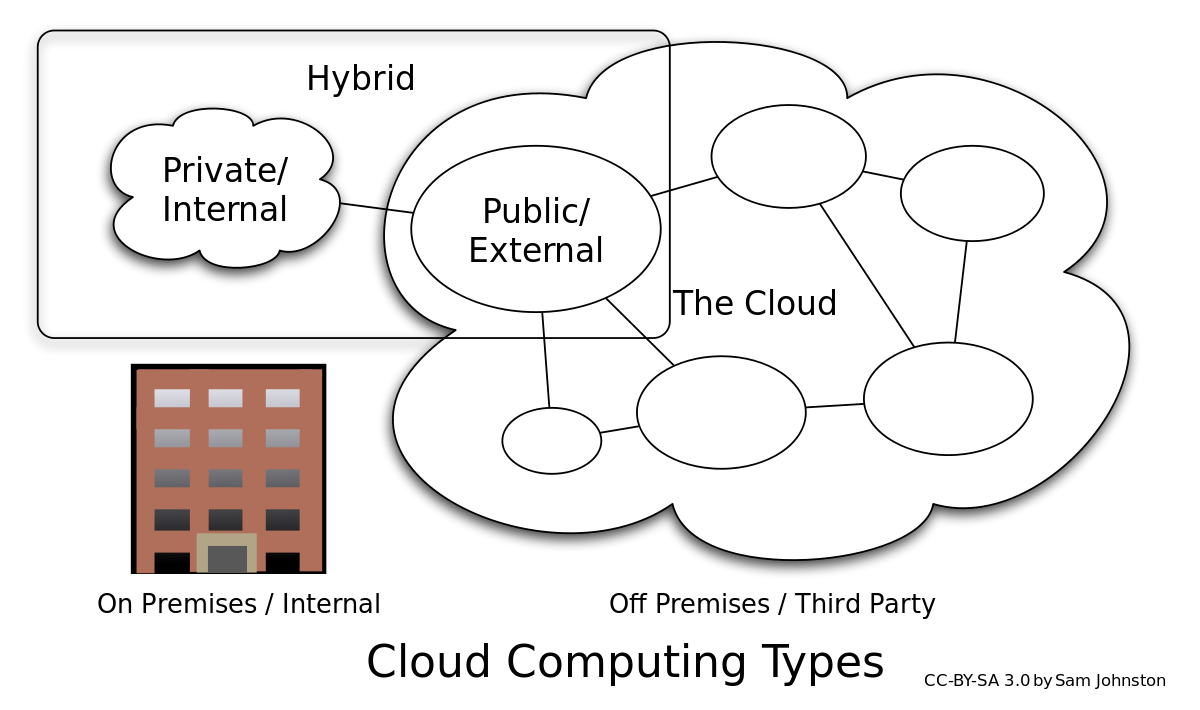
Being the product of multiple decades of research, development, and innovation, cloud computing as of now has taken on several direct forms and types that are supposed to fulfill a variety of purposes. According to 'What is cloud computing' (2016), some of the most prominent cloud service providers (CSPs) people use are Microsoft Azure, Amazon Web Service, and Google Cloud Platform. Nowadays, there are three types of cloud services a person can receive from their CSP: Infrastructure as a Service (IaaS), Software as a service (SaaS), and Platform as a Service (PaaS). In the IaaS model, the CSP provides an IT infrastructure to their customers, who have to play rent for the services of the cloud provider on a pay-as-you-go basis. In the SaaS model, the CSP distributes software applications through the internet. The customers need to have a paid licensed subscription to have full access to applications. With PaaS, users are provided with an on-demand computing platform where they do not need to install any in-house hardware or software (Anand, 2017). Each one of these services have certain strengths which attract customers and also allow CSPs to greatly profit from their distribution.
No matter which cloud service an individual or business decides to purchase, they need to choose the type of cloud deployment, or cloud computing architecture, the cloud services will be implemented on. Just like there are different types of cloud services available, cloud deployment comes in many forms. The most widely used from of cloud computing architecture is the public cloud, which is owned and operated by a third-party cloud service providers. Customers receive their computer resources, such as hardware and software, via the Internet. Private clouds are another form of cloud computing that is not as widely available as public clouds, as they are set up to be used by a specific organization or business. Unlike many public clouds, the services and infrastructure of a private cloud are maintained on a private network (Microsoft Azure). The third type of cloud deployment, the hybrid cloud, is a combination of a public and private cloud. Hybrid clouds provide the ability to share data and applications between the two cloud types. Although hybrid clouds have the best of both words, all available forms of cloud deployment have their own strengths that have proved beneficial to every cloud user.
~~~~~~~~~~~~~~~~~~~~~~~~~~~~~~~~~~~~~~~~~~~~~~~~~~~~~~~~~~~~~~~~~~~~~~~~~~~~~~~~~~~~~~~~~~~~~~~~~~~~~~~~~~~~~~~~~~~~~~~~~~~~~~~~~~~~~~~~~~~~~~~~~~~~~~~~~~~~~~~~~~~~~~~~~~~~~~